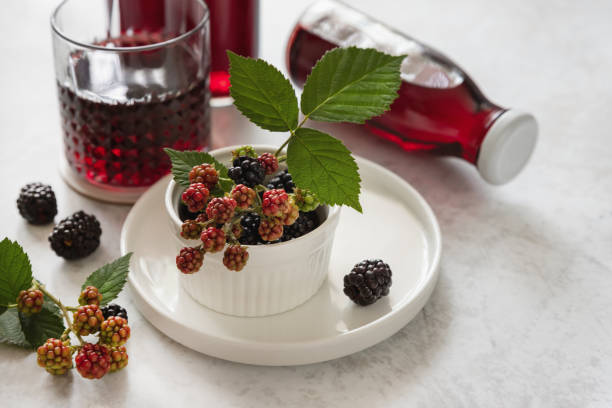My mother always remembers that this sour fruit, which looks like a pod, was rare in her village in western Uttar Pradesh. She would eat the sweet pulp from the ripe pod as a child and then roast the seeds on a Chulha stove overnight.
The flat, brown, glossy seeds of the tamarind ( Tamarindus indica ) have an almond-like flavor with a hint of bitterness. Raw seeds can be bitten and more difficult to chew due to a hard coating covering the kernel.
The traditional way to prepare the seeds is by roasting them on the stove. My mother used this method. After that, they are gently pounded in a mortar-and-pestle so as to remove the coat. The modern household, on the other hand, does not bother with the tedious process of preparing seeds and instead opts for the readily available kernel flour.
Many popular Indian recipes include tamarind seeds, particularly in the south. In Karnataka, where the fruit is known as humane, the roasted kernels of the fruit are soaked for a whole day in buttermilk with salt to make them easier to eat.
In Maharashtra, tamarind seed flour or chinch is used to make dal vada. This cake is typically made with lentils. I’ve found that vadas prepared with this seed flour are crispier than those produced using urad or black gram. This versatile flour is also great for baking or can be added to Roti dough as a way to enrich it.
The leaves of the tamarind seedlings are also tasty. Instead of roasting them, I plant the seeds and wait for young, sour leaves to be added to dal dishes and vegetables.
Small but powerful
Tamarind seeds contain a lot of amino acids and protein. Researchers from Bihar and Rajasthan published a study in May 2010 that analyzed the kernel flour made by roasting seeds at 150 over 15 minutes. They estimated that 62.13 percent of the kernel was carbohydrate. 19.46 percent of the kernel was a protein and 2.32 percent fiber. The flour contains minerals like calcium, magnesium, and iron.
Researchers at the Indian Institute of Technology in Roorkee said in 2018 that a protein in the seeds called tamarind-chitinase, like lectin, has antiviral qualities and could be used in developing a drug to treat chikungunya. The study was published in the journal Viology.
A study from 2019 published in the International Journal of Medical Sciences by researchers in India, the US, and Norway found that an extract of tamarind and turmeric (Curcuma longa ) rhizome can reduce knee pain in patients and improve their musculoskeletal functions. The study also found that this combination helps reduce inflammation and inflammation-induced degeneration of cartilage.
The seeds have been used in leather tanning for centuries. The Saura tribe of Odisha uses brown seeds to dye their paintings.
Researchers from India, South Korea, and Saudi Arabia treated wastewater from a dairy factory with the seeds in 2022. In October 2022, the team published a report in the journal Chemosphere that the polysaccharides found in the seeds act as coagulants in order to remove waste from water.
Wide presence
Tamarind is drought-resistant and grows well in areas that are dry and water-stressed. It is able to grow on soils that are not well developed because it belongs to the Fabaceae. It can grow in coastal areas due to its ability to endure sea-salt aerosols.
Although genetic studies indicate that the tree is native to Africa, it can be found in Asia and Latin America. It is possible that the tamarind’s widespread distribution was due to its being transported in ships around the world centuries ago as part of sailors’ diets.
An article from 2017 published on the Science History Institute website, a non-profit organization based in the US, mentions an experiment that involved sailors being given barley water treated with tamarind as a cure for scurvy.
According to wood charcoal analyses, the fruit has been present in India since at least 1300 BCE. The fruit also has a special place in India’s history. The 23.06-hectare Nallur Tamarind Grove near Bengaluru was planted in the 12th century and contained 278 tamarinds, the oldest of which is around 410. The National Biodiversity Authority designated this grove India’s first Heritage Site in 2007. It represents a unique genetic pool that must be preserved.
Recipe: Dal vadas
Ingredients
- Tamarind Seed Flour: 2 tablespoons
- Add other lentils, such as green gram or chickpeas, for a better texture.
- Drumstick leaves: a handful
- Ginger: about 5 cm
- Garlic: 10 cloves
- Green chilies:
- Salt is a taste.
- Oil for frying
Method
To make a paste, soak urad dal for 30 minutes in water, then blend it in a blender with garlic, ginger, and chilies. Mix well tamarind seed powder, drumstick leaves, and salt into the paste. Heat the oil to fry. Fry a small amount and form it into a doughnut shape so it cooks evenly. Serve with chutney or other condiments.

